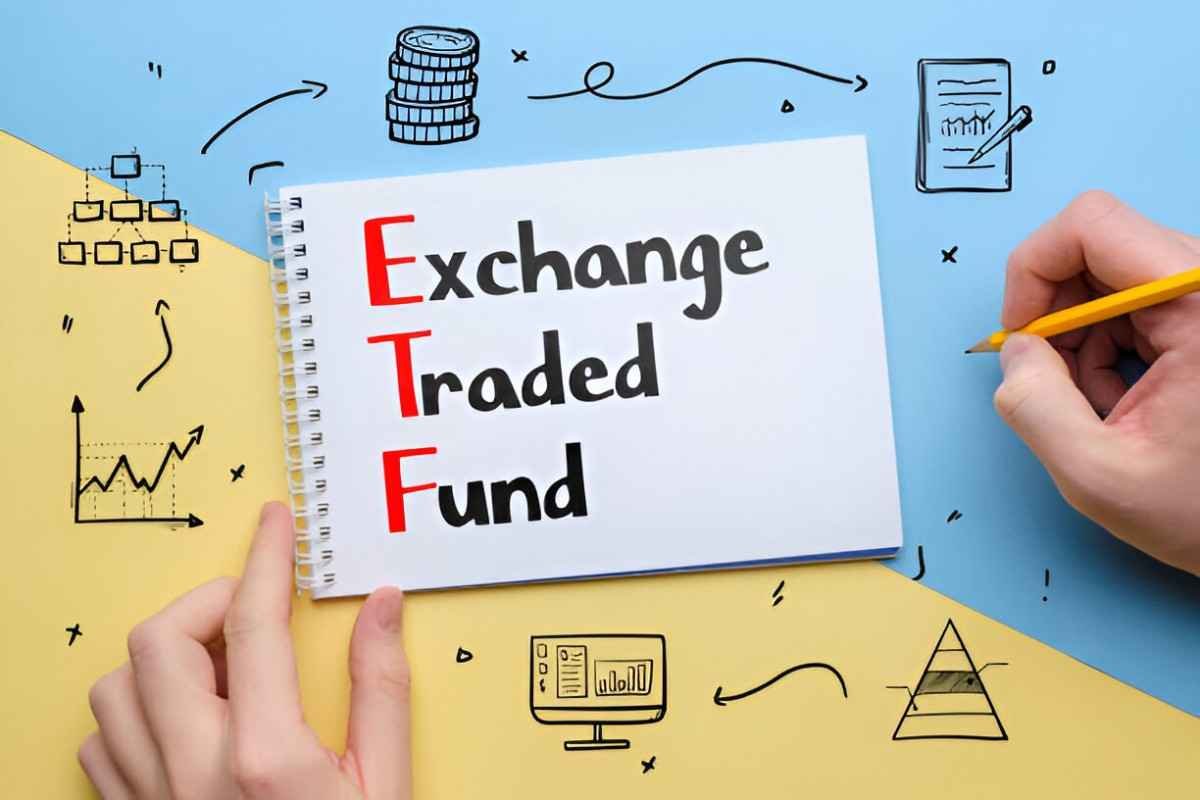Introduction
As a finance expert, I often get asked whether exchange-traded funds (ETFs) are replacing index mutual funds. The answer isn’t straightforward. While ETFs have grown rapidly, index mutual funds still hold a significant market share. In this article, I’ll explore the dynamics between these two investment vehicles, their pros and cons, and what the future might hold.
Table of Contents
Understanding ETFs and Index Mutual Funds
What Are ETFs?
ETFs are pooled investment securities that trade on stock exchanges, much like individual stocks. They track an index, commodity, or basket of assets and offer intraday liquidity.
What Are Index Mutual Funds?
Index mutual funds also track a benchmark index but are priced once per day after market close. Investors buy or sell shares directly from the fund company at the net asset value (NAV).
Key Differences Between ETFs and Index Mutual Funds
| Feature | ETFs | Index Mutual Funds |
|---|---|---|
| Pricing | Intraday, market-driven | End-of-day NAV |
| Trading | Brokerage account required | Direct from fund company |
| Expense Ratios | Generally lower | Slightly higher |
| Tax Efficiency | More tax-efficient | Less tax-efficient |
| Minimum Investment | Share price only | Often $1,000+ |
Why Investors Are Shifting Toward ETFs
1. Lower Costs
ETFs typically have lower expense ratios. For example, the SPDR S&P 500 ETF (SPY) has an expense ratio of 0.09%, while the Fidelity 500 Index Fund (FXAIX) charges 0.015%. While FXAIX is cheaper, many ETFs undercut traditional mutual funds.
2. Tax Efficiency
ETFs use an “in-kind” creation/redemption process, minimizing capital gains distributions. Mutual funds must sell securities to meet redemptions, triggering taxable events.
3. Trading Flexibility
ETFs trade like stocks, allowing limit orders, short selling, and options strategies. Mutual funds only execute at NAV after market close.
4. Transparency
Most ETFs disclose holdings daily, while mutual funds report quarterly.
Where Index Mutual Funds Still Dominate
1. Automatic Investing
Many 401(k) plans still rely on mutual funds for automatic payroll contributions.
2. No Commissions
Some brokerages, like Vanguard, allow no-fee mutual fund transactions but charge for ETF trades.
3. Fractional Shares
Mutual funds let investors buy fractional shares, while not all brokers support fractional ETF investing.
Mathematical Comparison: Cost Impact Over Time
Let’s compare a $10,000 investment in an ETF (0.10% fee) vs. a mutual fund (0.25% fee) over 30 years, assuming a 7% annual return.
ETF Future Value:
FV_{ETF} = 10000 \times (1 + 0.07 - 0.001)^{30} = 10000 \times (1.069)^{30} \approx \$76,123Mutual Fund Future Value:
FV_{MF} = 10000 \times (1 + 0.07 - 0.0025)^{30} = 10000 \times (1.0675)^{30} \approx \$72,244The ETF saves $3,879 over three decades.
The Role of Institutional Investors
Large institutions favor ETFs for liquidity and tax advantages. Vanguard’s dual-share structure (offering both ETF and mutual fund versions) blurs the line, but ETFs still dominate in taxable accounts.
Regulatory and Market Trends
The SEC’s “ETF Rule” (2019) streamlined ETF approvals, accelerating growth. Meanwhile, mutual funds face higher regulatory burdens.
Future Outlook
ETFs will likely continue gaining market share, but mutual funds won’t disappear soon. Retirement plans and investor habits sustain demand for index mutual funds.
Conclusion
ETFs are not fully replacing index mutual funds, but they’re winning in taxable accounts and among cost-conscious investors. The choice depends on individual needs—flexibility favors ETFs, while automation favors mutual funds.





